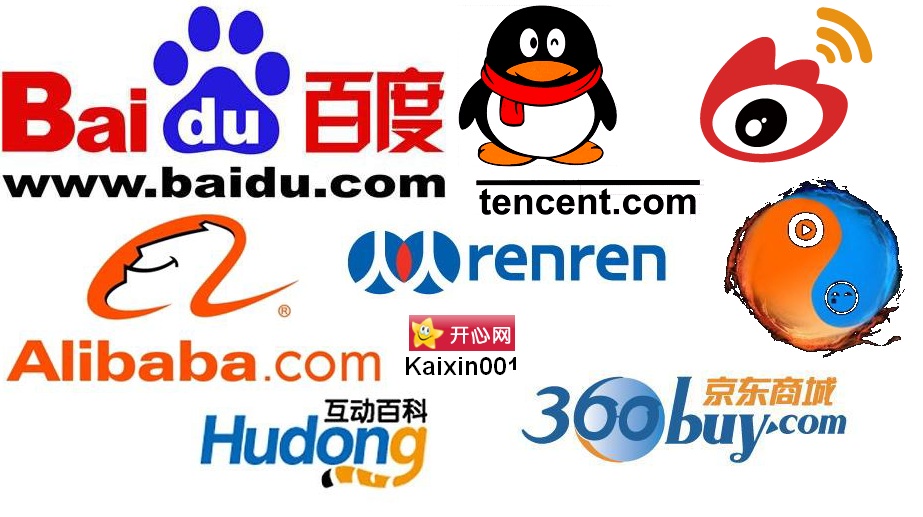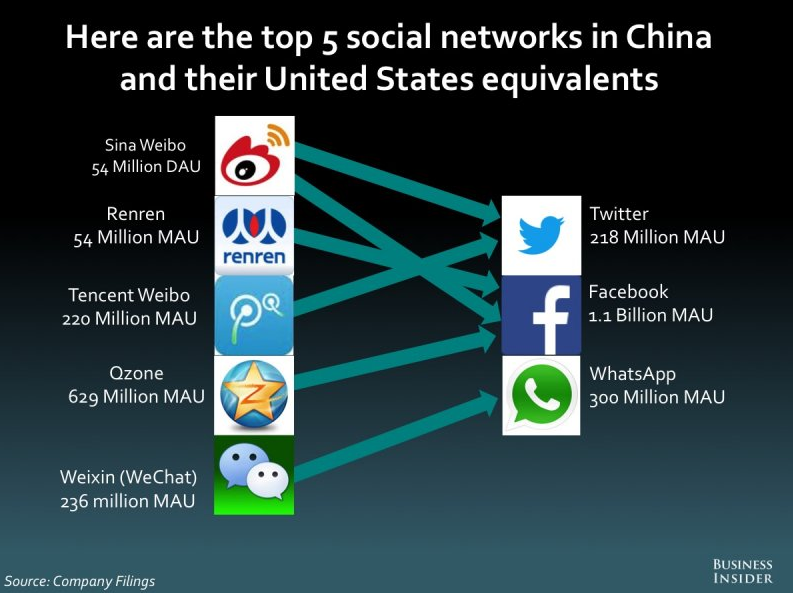The most popular social media platforms in China today were not the first ones. In fact, before 2009, microblogging didn’t gain a lot of traction in China at all, even though BBS (Bulletin Board Services ) was much more popular in China than in the West (curiously, it’s still quite popular in Taiwan).
First Weibos launched in 2008 and were practically Twitter clones. Services like TaoTao by Tencent, Jiwai, Fanfou were all short lived. Fanfou was shut down by Chinese government in July 2009 after Urumqi riots. Facebook and Twitter were blocked at about the same time which also created a type of a vacuum in the society that was getting a taste of the social media for the first time.
in 2009 when Chinese regulators had finally approved microblogging, the first successful services were launched. By 2009, 8 million of Chinese were microblogging, this number grew to 100 million by the end 2010 finally reaching 600 million by the end of 2013.
Here is the brief history of China’s social media:
Below is a quick breakdown of the most important networks and their Western equivalents from Business Insider (DAU stand for daily active users and MAU – monthly active users):
Sina Weibo is one of the two major microblogging platforms. It is most popular in the 1st and 2nd tier cities while in 3rd and 4th tier it is perceived as somewhat foreign and less friendly compared to Tencent Weibo. In general, Sina Weibo users tend to be white collar and urban with many celebrities, including foreign ones, having an account there. Judging by degree of media influence, Sina Weibo is the leader in China’s microblogging space and therefore it is a must for new and existing brand that primarily focuses on 1st and 2nd tier cities.
Tencent Weibo is similar to Sina Weibo in terms of functionality but, as mentioned above, it is more popular in 3rd and 4th tier cities. It has the advantage of being able to draw users from hugely popular QQ instant messenger service and QZone, both owned by Tencent. The competition between Sina and Tencent is concentrated primarily on 3rd and 4th tier cities as it seems to be impossible for Tencent Weibo to capture urban elite user base from Sina Weibo.
RenRen is another popular platform more similar to Facebook in terms of features. As it is very popular with students, the key information to make one’s identity effective is college, high school, middle school and hometown. At present, 32,000 universities and colleges, 56,000 high schools and 85,000 companies in China and 1,500 universities in 29 other countries are available on Renren’s confirmation system. Companies can establish presence on RenRen with a custom branded page and it can become one of the important elements in brand building for younger audience.
QZone is another social networking platform and is a creation of Tencent. By the total number of registered users it is second only to Facebook, as of November 2013, it already had 623.3 million subscribers. According to the company, 150 million Qzone users update their accounts at least once a month. This makes Qzone one of the most active communities in the whole industry. Marketing on Qzone hasn’t been as effective as with other platform mainly due to the fact that users tend to be younger with less disposable income. However, it is remained to be seen how QZone can be integrated with other Tancent successful services to make marketing on this platform more attractive.
WeChat (WeiXin) is rapidly growing social media application that is primarily mobile. With 70% of Chinese internet users use mobile devices for access, WeChat has become the most used mobile app. It has versions for iOS, Android, Symbian and Blackberry and an option to switch to desktop as well. It is also available in many languages which makes it quite popular outside of China as well. Total user base is reported to reach 300 million in 2013 and, due to its mobile nature, WeChat extensively uses QR Codes (read more about QR codes usage in Chins here).





